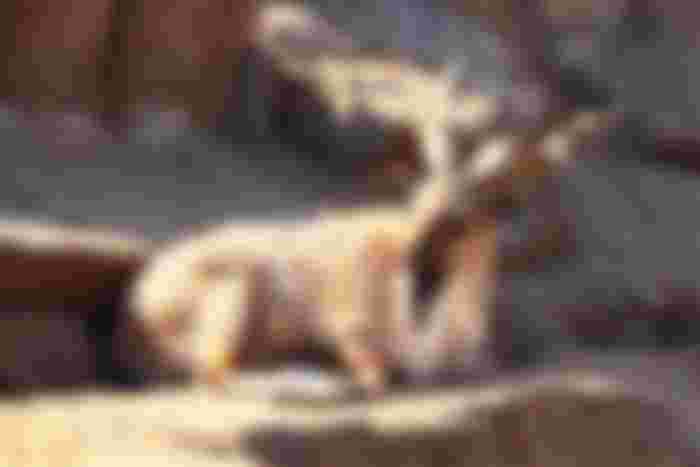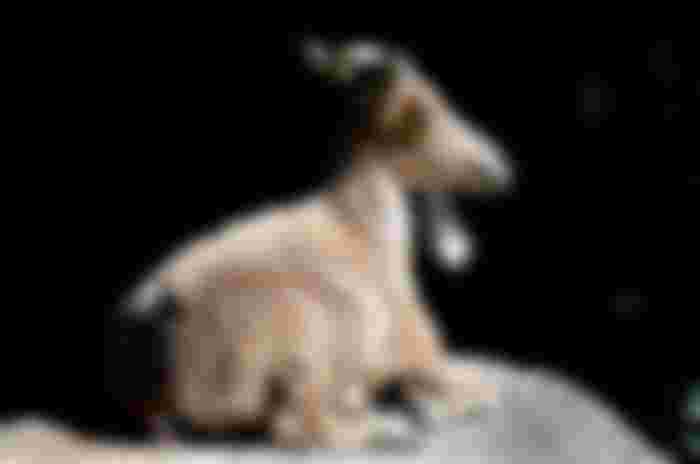I hope you are all well. Today I will tell you about a very beautiful and unique animal whose name is Markhor. In addition to other northern regions, it is found in the upper reaches of the Neelum Valley. Markhor is also found in parts of India, Afghanistan, Uzbekistan, Tajikistan and Kashmir. Nine are counted among the endangered animals. Adult Markhors are less than 2500 in number. Markhors are the national animal of Pakistan. I find snake food is desirable. Markhor's name is a bit strange. In Pashto and Persian language, mar means snake and khor means Snake Eater.
By the way, it is a herbivore and it cannot eat snakes. The reason for this is that the name may be similar to that of a snake with its horned horns. And as a result of this bite, foam falls down from his mouth which falls down and becomes dry and hard. People know this dry wake and use it to bite snakes. It is 115 cm long, 132 to 186 m long and weighs 32 to 110 kg.

Markhor is dark brown in color and has white and black hair on the underside of the legs. Male Markhor has cool neck and lower legs with longer hair than females. Females are reddish in color. While there is no hair on the neck, the males of both males and females are bulging, which are very close to the head, which are separated as they move upwards. Markhor is a mountain animal and it is found at an altitude of 600 to 3600 km. Their diet varies with the seasons. They graze in summer and spring and eat the leaves of trees in winter.
The mating process takes place only in the winter. The fertilization lasts from one hundred and thirty-five to one hundred and seventy days, resulting in the birth of one or two and occasionally three children. Adult males and their offspring are included in the river. Ballers usually prefer to be alone. Their voices are similar to those of a goat. In summer the eyes are fixed on the forest while the females climb the rocky cliffs.
The three types of Markhor are recognized worldwide. The Markhor is similar to the Kashmiri Markhor and Bir Banjal Markhor and its horns are large and flat which are almost straight. In Afghanistan it is found in the monsoon forests of Laghman and Nuristan. Evidence of its presence has also been found in the forests of Jhelum Valley.

Kabuli Markhor's Sangh Bardars are dead in 1978 only in the Qabil range in Afghanistan and Koh-i-Safi and between them. In Pakistan, their population is found in remote areas of Balochistan, Khyber Pakhtunkhwa and Dera Ghazi Khan in Punjab. There are at least 100 Markhors in the Pakistani part of Safid Koh, Kurram and Khyber Agency. Included in the line of common domestic goat ancestors Markhor was known as the most difficult prey during British rule as it was found in difficult trails and mountain ranges, although its hunting is illegal in Afghanistan. Yes, but they are traditionally hunted in Nuristan and Laghman.
It is expected to increase further during the current Afghan war. They are also hunted near the Pakistani border in India. Markhor is included in the list of endangered species, meaning that if proper measures are not taken to protect them, this species may become rare on the planet in the future. Among the 4,000, Markhor has the distinction of being the national animal of Pakistan. In addition, Markhor is one of the finest animals pictured in a collection of special coins issued by the World Wildlife Organization (WWF) in 1976.
All the images include lead image is taken from pixabay.com

